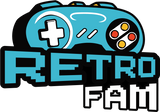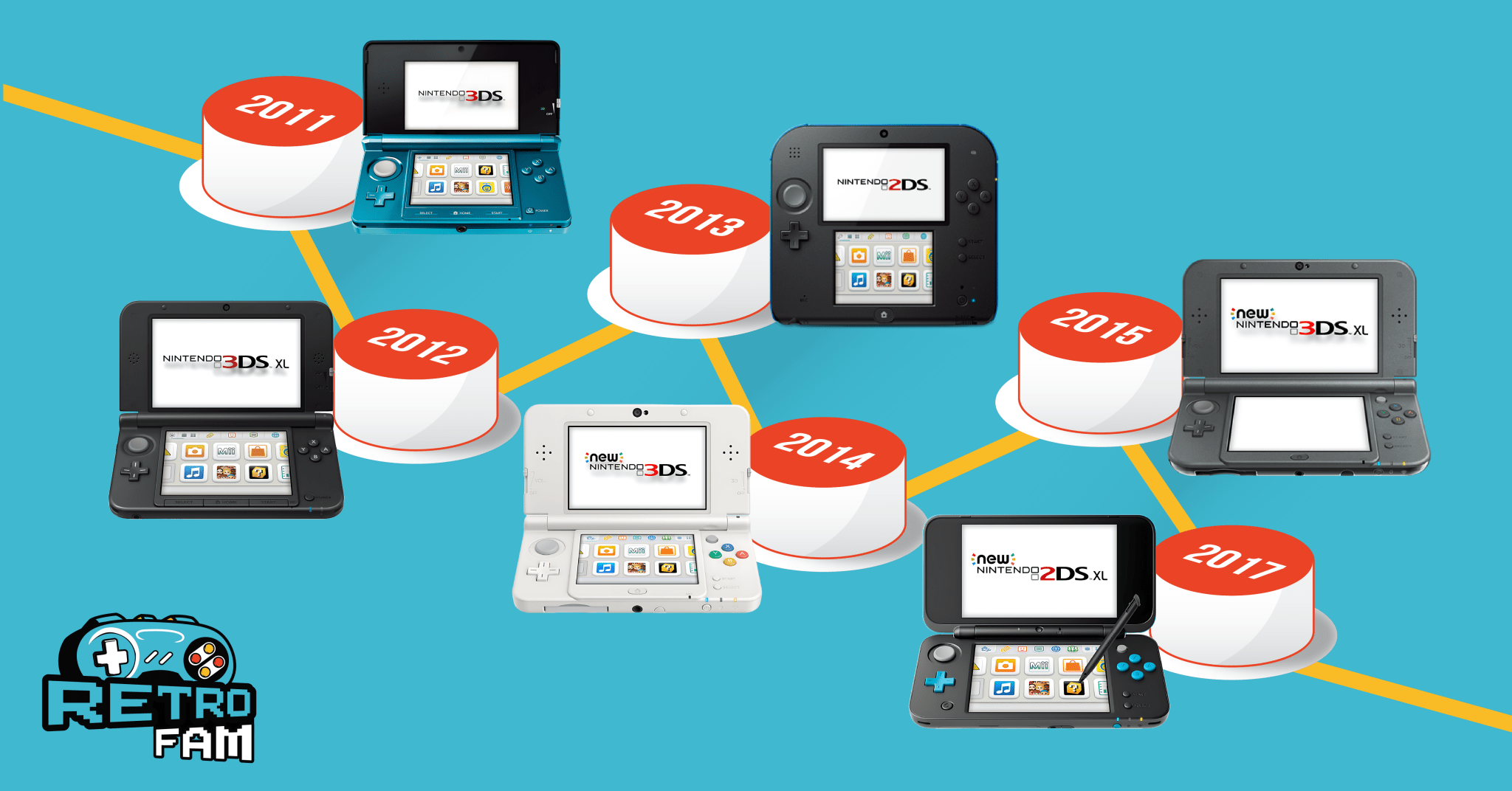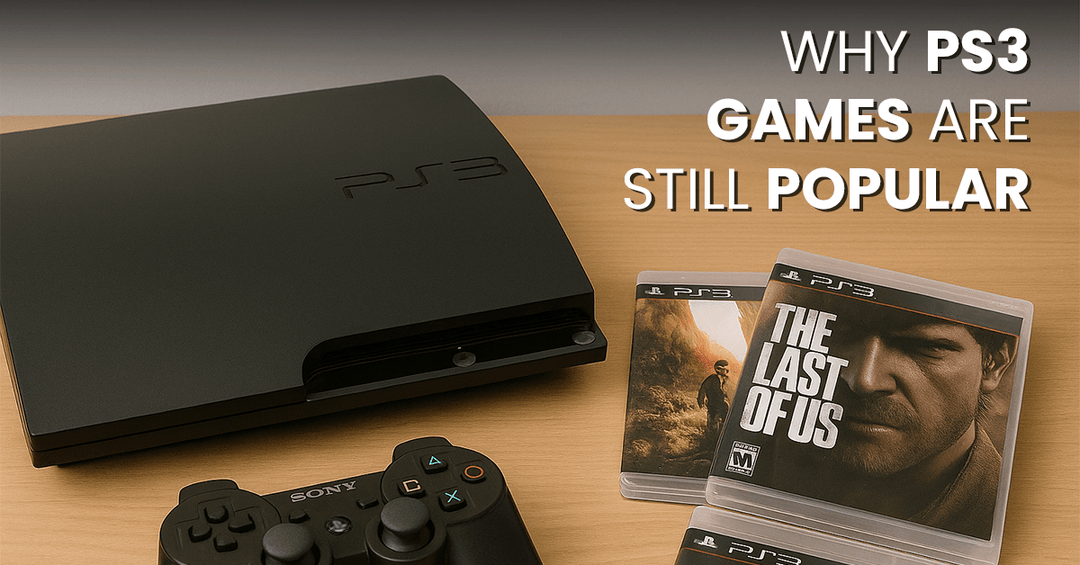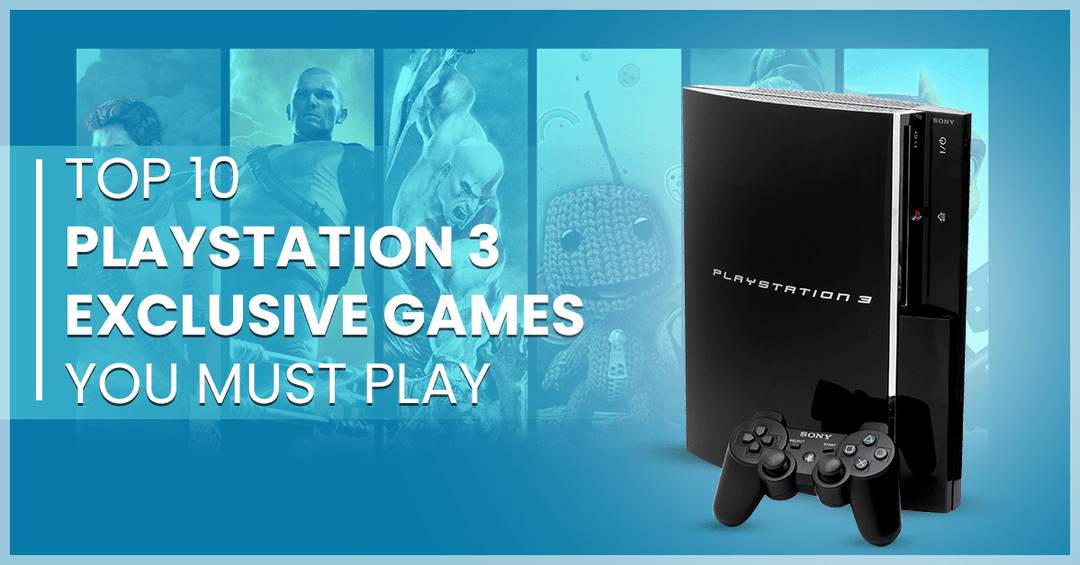It’s no exaggeration to call the Nintendo 3DS a cultural touchstone, because that’s exactly what it has become.
Launched in 2011, it showed up right as mobile gaming was booming and home consoles were chasing raw power and realism.
Nintendo, as always, took the unconventional path, just when the rest of the industry was playing it safe.
Instead of chasing horsepower and going all-in on touch controls, Nintendo did what it’s always done best: it made something personal. The 3DS focused on creativity, novelty, and delivering delightfully offbeat experiences.
In this post, we’re taking a proper stroll down memory lane to see how the 3DS evolved, from launch-day wonder to modern-day icon.
Let’s rewind the clock and dive into how it all started!
The Birth of the Nintendo 3DS (2011) – A New Dimension
The 3DS officially launched in Japan on February 26, 2011, with the North American release coming soon after on March 27.
Anticipation was sky-high, with fans eager to see Nintendo’s next bold move.
The Nintendo DS had already changed handheld gaming forever, so fans were dying to see what their next move would be.
And they didn’t hold back.
The 3DS came out swinging with something no other console had done before: glasses-free 3D.
It wasn’t merely a gimmick, though, admittedly, some games leaned into it more playfully than others. But when developers got it right, it added real texture to gameplay.
|
Quick Trivia: The 3DS hit shelves at a steep $249.99—bold pricing for a bold idea. Sales were slower than Nintendo expected. By August 2011, the price dropped to $169.99, a whopping $80 cut that turned things around fast. (Source: The Verge) As a thank-you token, the early buyers benefited from the Ambassador Program: 20 free games. And by the end of the year, over 10 million units had been sold worldwide. |
Major Hardware Revisions and Upgrades
If you know Nintendo, you know they love a good hardware revision, and the 3DS was no exception.
Throughout its lifecycle, Nintendo built out a full-fledged 3DS family tree—each new model refining the experience, each one iterating on the last.
a. Nintendo 3DS XL (2012)
This version was launched in mid-2012.
It was a direct response to a common complaint: the original model was just too small.
The 3DS XL instantly became the go-to model for most gamers.

It was also the beginning of the 3DS being seen as more than a “kids’ system.”
|
Important Note: The XL didn’t include a charging adapter in many regions. So, always check for a charger if you’re buying used. |
b. Nintendo 2DS (2013)
Just a year later, Nintendo flipped the script again with the Nintendo 2DS.
As the name suggests, it removed the 3D feature entirely. The 2DS traded the classic folding design for a solid, slate-style build.
Far from a downgrade, it was a clever redesign tailored for younger players.
The flat, hinge-free design made the 2DS more durable, which was perfect for kids.
And with the lower price tag, it became a go-to option for parents… or anyone who tends to drop their stuff a lot.
c. New Nintendo 3DS & New Nintendo 3DS XL (2014–2015)
Here’s where the 3DS story really started to level up.
The “New” 3DS models introduced more than just aesthetic changes.
They featured:
-
Stronger CPU
-
Improved 3D with face tracking
-
Second analog input via the C-stick, and
-
Two additional shoulder buttons (ZL and ZR)
Fans went wild customizing theirs with everything from retro designs to limited-edition art.
You could swap them out with themed designs—from Mario and Animal Crossing to Monster Hunter and beyond.
|
Pro Tip: If you're hunting one down today, the New 3DS models are the most future-proof for serious collectors with better internals, better features, and broader game compatibility. |
Signature Features That Defined the Nintendo 3DS Era
The Nintendo 3DS didn’t just follow in the footsteps of the DS; it ran off in a bunch of wild new directions.
Some ideas were innovative, others totally bizarre (in the best way), but together they made the 3DS feel like way more than just a handheld console.
It was a:
-
Pocket-sized experiment in fun
-
Social connection, and
-
Offbeat creativity
Glasses-Free 3D and AR: A Whole New Dimension
The glasses-free 3D display was one of the 3DS’s biggest claims to fame.
It’s true that not every game used it well, but when it worked, it was magical.
What’s really interesting is this:
-
The 3D slider lets players adjust the effect or turn it off completely
-
Later models introduced face-tracking 3D, which adjusted the depth based on your angle. No more awkward angles or strained eyes during boss battles.
-
Paired with the 3D was augmented reality (AR) support.
|
Fun Fact: The original 3DS camera could snap 3D shots with just enough blurry depth to impress… on the 3DS and nowhere else. |
StreetPass & SpotPass: Social Before It Was Cool
For many players, StreetPass was the real secret sauce. You could toss your 3DS in sleep mode, go about your day, and when you got home, boom!
You’d traded data with strangers just by passing them on the street.
-
Swap Miis, share game progress, unlock bonuses.
-
StreetPass Mii Plaza lets you use those Miis in mini-games like Find Mii and Puzzle Swap
SpotPass was less flashy but equally useful.
As long as you had Wi-Fi nearby, the system would quietly download new content in the background, like:
-
Game updates
-
New visitors in Animal Crossing
-
Bonus puzzles and StreetPass content
Built-In Apps That Gave It Personality
Right out of the box, the 3DS came packed with a handful of quirky apps that made it feel like more than just a game machine.
-
Mii Maker – Make a digital version of yourself. (Facial hair options: limited but charming.)
-
Face Raiders – Use the camera to turn faces into flying enemies. Unexpected and hilarious in the most Nintendo way possible.
-
Activity Log – Counted your steps and tracked playtime across games.

Far from being filler, these apps added character and charm to the overall experience.
You didn’t even need a cartridge—there was always some bite-sized joy waiting inside.
Virtual Console & eShop: Retro Goldmine
The 3DS was where Nintendo finally started figuring out digital storefronts.
The eShop wasn’t perfect, but it was colorful, snappy, and (for once) easy to navigate.
Best of all, it gave gamers access to a lot of retro titles.
-
Download classic NES, Game Boy, and (on newer models) SNES games
-
Highlights included: Super Metroid, Link’s Awakening, EarthBound, Mega Man, and tons more
-
Home to great indies like BOXBOY!, Pushmo, and Gunman Clive
Dual-Screen Design: Simple but Smart
Last but not least, the dual-screen layout, borrowed from the DS, was one of the 3DS’s best design decisions.
It wasn’t just a gimmick. Developers embraced the dual-screen format to create smart, intuitive gameplay experiences.
-
Top Screen: Where the action lived, in 2D or 3D.
-
Bottom Touchscreen: For maps, inventory, stats, mini-games, and quick commands.
No modern handheld has fully replicated this dual-screen magic. The Switch is a great console, but the 3DS still holds a special advantage for UI and game flow.
Iconic Game Titles That Shaped the 3DS Legacy
The 3DS library was stacked, and that’s putting it mildly.
Nintendo went beyond simple ports and reimaginings of old favorites. The platform:
-
Reinvented classics
-
pushed new IPs, and
-
Gave third-party developers a space to shine
Here are some of the most iconic 3DS games we still can't stop talking about:
-
The Legend of Zelda: Ocarina of Time 3D
-
Pokémon X & Y, Sun & Moon
-
Fun Fact: The 3DS generation introduced Fairy-type Pokémon to rebalance dragon dominance.
-
Fire Emblem: Awakening
-
Animal Crossing: New Leaf
-
Super Mario 3D Land
-
Luigi’s Mansion: Dark Moon
Cultural Impact and Fan Community
StreetPass wasn’t just a feature. For many, it became a lifestyle.
Conventions like PAX and Comic-Con often hosted StreetPass gatherings and community exchanges.
Players traded puzzle pieces, tag-teamed mini-quests, and proudly flaunted their Miis like personalized avatars from another era.
Local fan groups popped up around the world. In cities like London and Tokyo, weekend meetups revolved entirely around 3DS multiplayer.
Communities flourished through shared love for Monster Hunter hunts, Smash Bros. brackets, or just collecting hats in Mii Plaza.
And yes, the modding scene blossomed too.
Discontinuation & Continued Popularity
Nintendo officially discontinued the 3DS line in September 2020.
By then, the Switch was a juggernaut, and the era of dedicated handhelds was all but over.
Though production ended, the demand hasn’t.
In 2025, the 3DS still has a thriving second life.
Here’s why:
-
Enhanced affordability
-
A wide physical game library
-
Added durability
-
A true nostalgic hit
At RetroFam, we continue to see strong interest in refurbished 3DS consoles and games.
Whether you missed out the first time or you’re ready to revisit old favorites, the 3DS is still worth it.
Where the Nintendo 3DS Stands Today (2025 Perspective)
It’s been over a decade since the 3DS first hit shelves.
The world of handheld gaming has shifted dramatically, but the 3DS still has a well-earned seat at the table in 2025.
A Unique Space Between the Switch and Smartphones
Truth be told, the Switch is a powerhouse in its own right.
But it's also a hybrid device that's priced for a modern market, with games built for HD displays and often requiring more time and bandwidth than your average retro title.
On the other end of the spectrum, mobile games are a dime a dozen:
-
Easy to install
-
Often free-to-play, and
-
Full of microtransactions and energy timers
The Nintendo 3DS? It lives in the sweet spot between those extremes.
It offers:
-
Physical games you can truly own
-
Gameplay that feels complete, and
-
A library of titles that doesn’t beg for your wallet every five minutes
Its dual screens, physical D-pad, stylus controls, and offline multiplayer deliver a hands-on gaming experience few modern systems can match.
Who Should Still Buy a 3DS in 2025?
Plenty of gamers still find real joy in owning and playing a 3DS.
It’s recommended for all, including:
-
Collectors, as the 3DS library is stacked, and special edition consoles are hard to find.
-
Retro Fans who need classic Nintendo charm with enough modern flair to keep things smooth and fun.
-
Parents & Kids, as the 3DS is the best console to enjoy games like Mario Kart 7, Pokémon, and Nintendogs + Cats. (Explore Nintendo 3DS fun facts for kids)
-
Casual Players looking for quick pick-up-and-play sessions—on the train, on the couch, wherever.
In addition, this handheld is equally valuable for the modding & homebrew crowd.
Smart Buying Tips for 3DS Consoles in 2025
-
Pick the Right Model: "New" 3DS/XL models have faster performance and exclusive game support.
-
Battery Check: Make sure the battery holds a charge. Ask for tested units.
-
Mind the Region Lock: 3DS consoles are region-locked; match it with your game library.
-
Watch for Overpriced Units: Skip barebones listings—opt for bundles that include essentials like the charger and stylus.

|
Important Note: The eShop shut down in 2023, so prioritize physical games (or carefully explore modding). |
RetroFam’s Role in Keeping the 3DS Alive
At RetroFam, we’re lifelong gamers committed to preserving classic consoles—not just for the nostalgia, but because they continue to bring meaningful enjoyment in 2025.
That’s why every 3DS console we refurbish is tested by real gamers, cleaned inside and out, and comes with a 1-year functional warranty.
FAQs
Can I still buy new 3DS games?
While new games aren’t being produced, there’s still a thriving aftermarket.
RetroFam and other trusted retailers carry a wide selection of refurbished titles in excellent condition.
Which 3DS model is the best?
For us as gamers, the New Nintendo 3DS XL is the best choice; it offers enhanced speed, larger screens, better 3D, and access to exclusive games.
Can I still play multiplayer games on the 3DS?
Online play officially ended on April 8, 2024, but local multiplayer (the kind that doesn’t need Wi-Fi) still works just fine on the 3DS, according to Nintendo.
Is it still worth buying a Nintendo 3DS in 2025?
Big YES. And here’s the full-length answer. With its massive game library, reliable hardware, and retro appeal, the 3DS is still a fantastic system, especially for those who love physical media and unique gameplay experiences.
Wrapping It Up
The Nintendo 3DS wasn't just a game system. It was a conversation starter at conventions, a sleepover staple, and a companion on long road trips.
This handheld bridged generations, brought people together through StreetPass, and gave us games we’re still talking about today.
Now, even years after its discontinuation, the 3DS lives on as one of the most beloved handhelds ever made.
Ready to start (or restart) your 3DS journey?
Head over to RetroFam’s collection of refurbished 3DS consoles and games—each one tested, guaranteed, and ready to play.

















